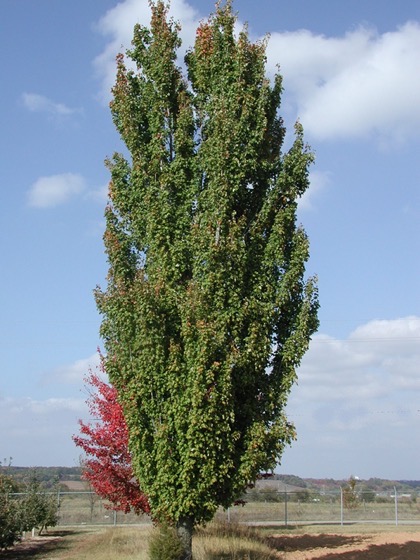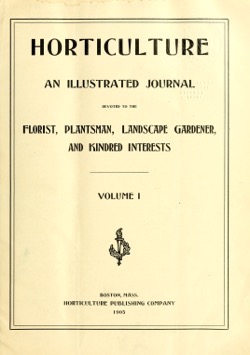I often come across gardening terms I don’t know, so I always make a point to use that as a learning opportunity. I came across “fastigiate” in some magazine article and immediately looked it up. While I understood that there were trees with columnar growth habits I had never heard them described with this more technical term. Like every division of science, botany has its own specific terminology that more closely describes elements than the typical common names or typical English words might. This is one major reason I try to learn the Latin names of plants so that I can refer specifically to one plant and differentiate it from others that might share its common name. – Douglas
Is there a difference between columnar and fastigiate?
While these two growth forms are often treated as synonyms, they are in reality variations on a theme. Columnar trees usually have a height-to-width ratio of 5-to-1 while fastigiate plants are closer to 10-to-1. Think of columnar plants as having the shape of a stovepipe while fastigiate plants take on the form of a power pole.
This narrow, upright growth habit is caused by the inability of some seedlings to develop normal, broad-spreading side branches. With these plants, the main branches grow straight up instead of spreading sideways so they can better position themselves to intercept more light. For some reason – probably centered around the response of cells in the apical meristem to the level of a natural growth hormone called auxin – the balance between verticality and photosynthesis is swayed in favor of narrowness. Nurserymen, ever on the lookout for something different, select these natural variants and maintain the form by grafting.




